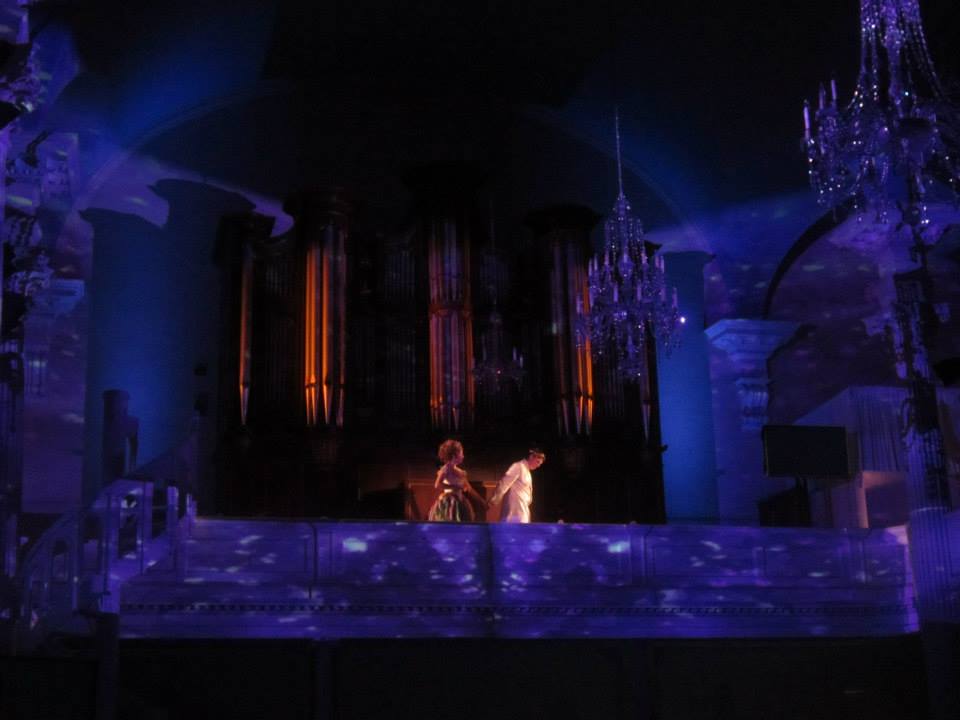St. Paul’s Chapel is a lovely place, the sort of structure that tempts the non-believer to belief and, no doubt, reconfirms adherents in theirs. That aesthetics can have such an effect is one of mysteries of being human, and it applies, of course, to music as well as architecture. It is, then, appropriate that the chapel, which is billed as “the oldest building in continuous use in New York,” is currently in use for a Twelfth Night Festival that includes Marc-Antoine Charpentier’s small but affecting LA DESCENTE DE ORPHÉE AUX ENFERS (The Descent of Orpheus to the Underworld) [1687] as performed by the Gotham Chamber Opera. Baroque opera has always fascinated me by its use of allegory that overlays classical mythology with Christian themes. Charpentier’s one-hour chamber piece (some think it was unfinished) rather obviously fuses the Greco-Roman underworld with later conceptions of Hell, the god Pluto with the Devil, and so on. It opens with a wedding in a garden in which the bride is bitten by a snake: the drift is there to be gotten.
The tale is, indeed, about human imperfection: call it original sin with a twist. For when Orpheus descends to recuperate his fallen love and is unable to resist the temptation to look back while leading her home, it is as though the fall has happened after the invention of Hell rather than before it. Myth and sacred history are as subtly balanced in this piece as the music itself, and in the Gotham production, a well-tempered charm, along with a very great beauty, fills in the symmetry of the hall. The muted colors of the first act, in pastels that recall the flowers of the garden, give way to the intense fires of the underworld and its charred, damned denizens in the second, then a more hopeful violet at the end. The design of the chapel allows for the ascent of the couple up the spiral stair to the pipes of the organ and the brilliant last gesture that concludes the drama.
The experience is as much spatial as it is vocal and musical; much of the story is told compositionally, by director Andrew Eggart and choreographer David Elkins, making use of the chapel’s aisles as well as the steps and balconies. Acoustics are also, for that matter, a spatial phenomenon, and those of St. Paul’s are superb, whether for the tiny ensemble tucked away at the rear, or the singers, especially Daniel Curran as Orpheé, who dominates the libretto, but also Jamilyn Manning-White as Eurydice (who carries herself with pictorial elegance), Jeffry Beruan as a stern, bewigged Pluto and Mary Feminear as his persuasive queen. The music, under the direction of Neal Goren, is clear and resonant, and in some way precisely calculated to the space at hand.
The whole thing is simply lovely and will continue through Sunday.
Click here for information on Gotham Chamber Opera programs and events.
